World Record-Breaking Tuna: Largest And Smallest Tuna Ever Caught
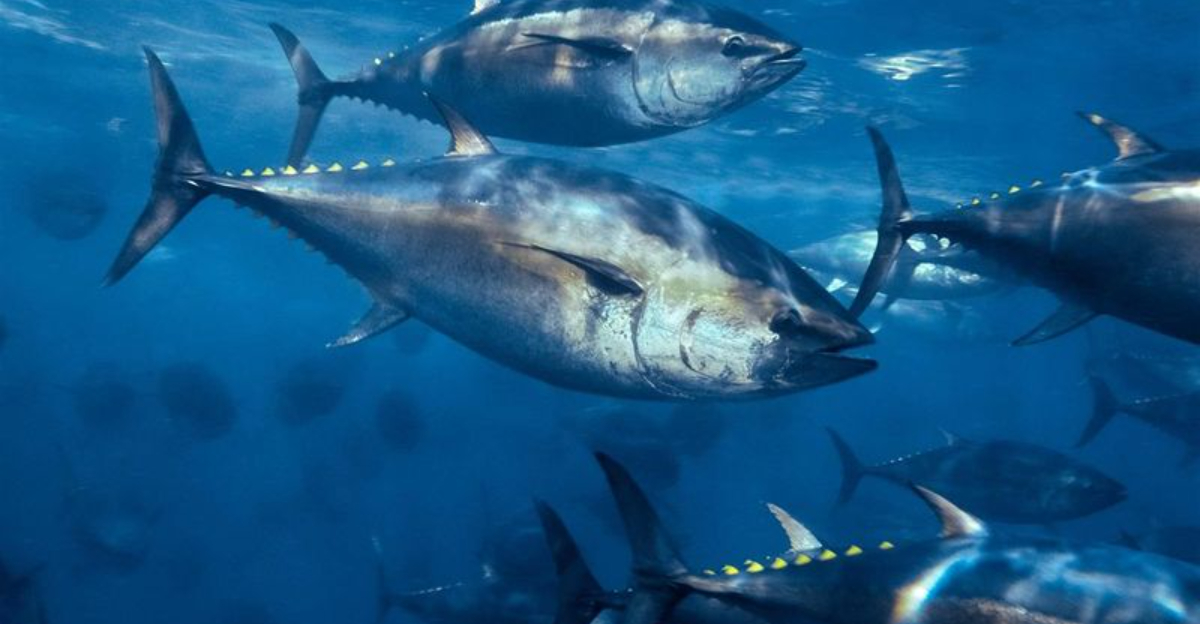
The world of tuna fishing is filled with astounding feats and remarkable catches, showcasing the power and mystery of these ocean giants.
From the largest tuna ever pulled from the sea to the smallest ones that defy expectations, these facts reveal fascinating insights into the tuna world.
1. Largest Tuna Ever Caught
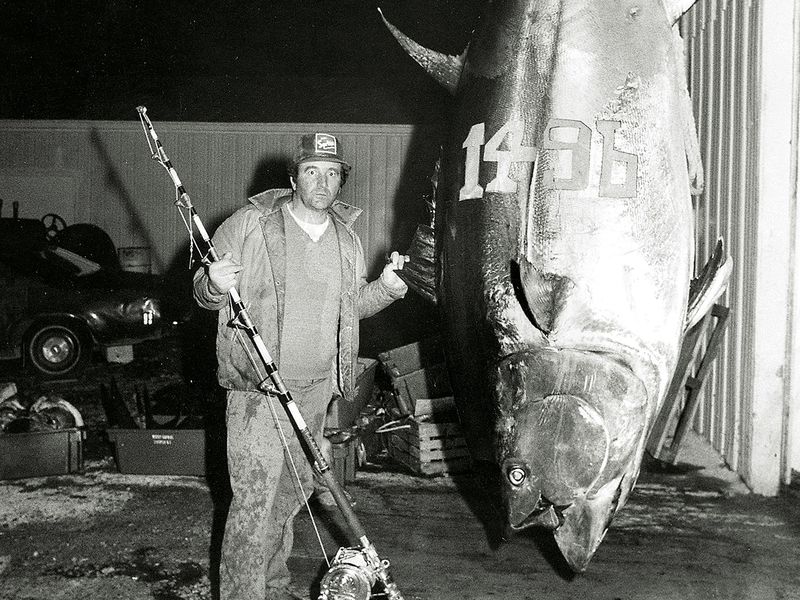
In 1979, the largest tuna ever caught was a bluefin weighing 1,496 pounds. Captured in Nova Scotia, Canada, this record-breaking giant left fishermen astounded. Its massive size symbolizes the power and mystery of the ocean. Did you know? Bluefin tuna can swim at speeds of up to 43 miles per hour!
2. Smallest Tuna Ever Caught
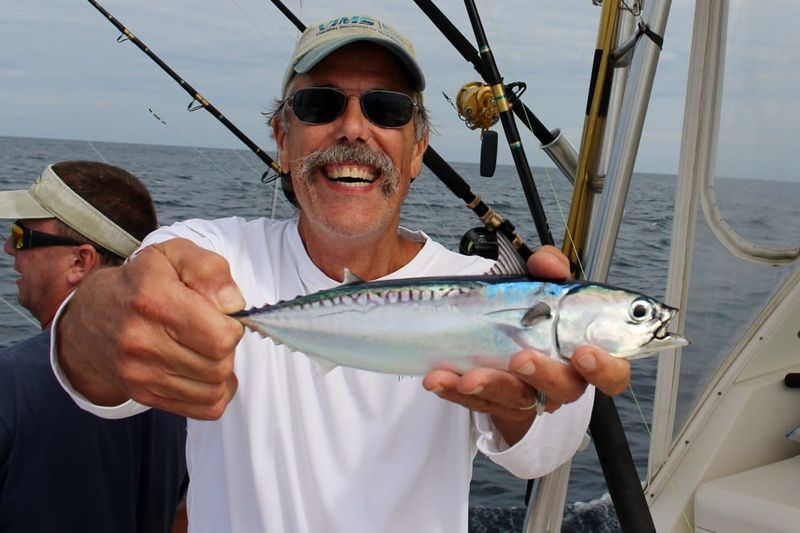
The smallest tuna ever recorded weighed just under a pound. This diminutive catch was a surprising find for the fisherman, highlighting the diversity of tuna sizes. Despite its size, this tiny tuna is a testament to the ocean’s unpredictability and the thrill of fishing adventures.
3. Tuna’s Incredible Speed
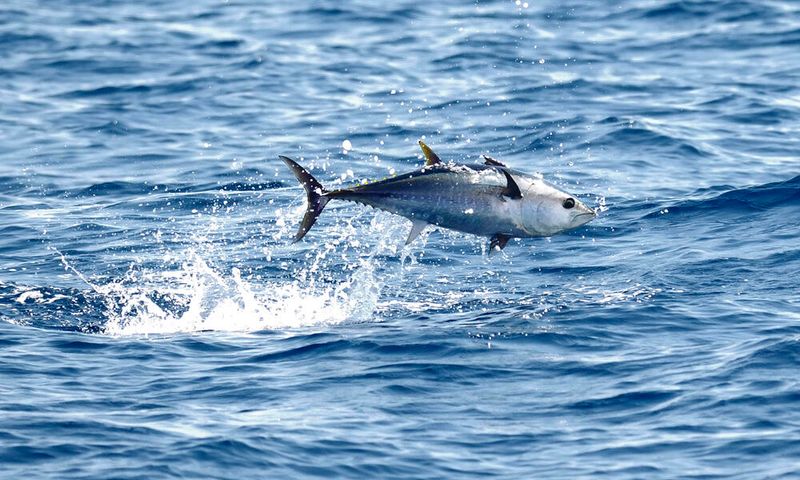
Tuna are among the fastest fish in the ocean. Their streamlined bodies and powerful tails allow them to reach speeds of up to 43 miles per hour. This incredible speed aids them in both hunting prey and escaping predators, making them formidable ocean dwellers.
4. Tuna’s Migratory Journey
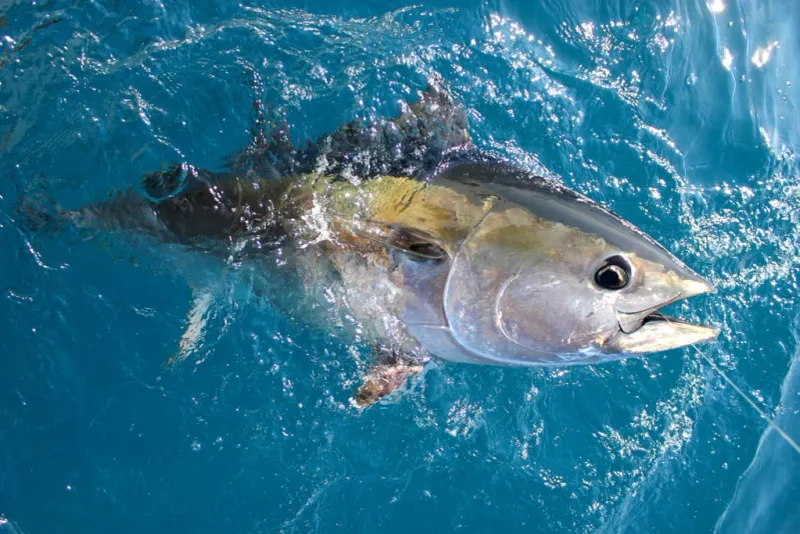
Tuna are known for their long migratory journeys, crossing entire oceans. These journeys are crucial for their breeding and feeding habits. Tuna’s ability to travel vast distances showcases their importance in marine ecosystems and their role in global ocean health.
5. The Bluefin’s Unique Color
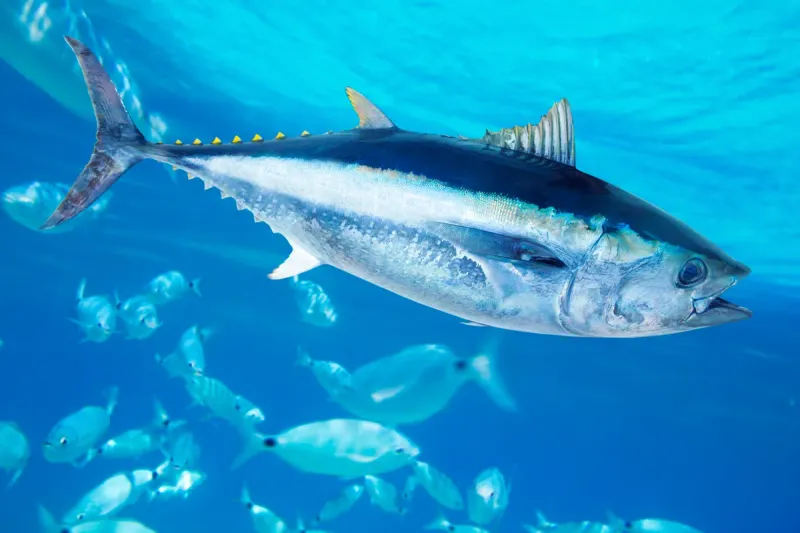
The bluefin tuna’s unique coloration, with deep blue on the top and silver on the bottom, helps it camouflage in the ocean. This adaptation is vital for avoiding predators and sneaking up on prey. The beauty of their scales is a reminder of nature’s artistry.
6. Tuna’s Role in the Ecosystem
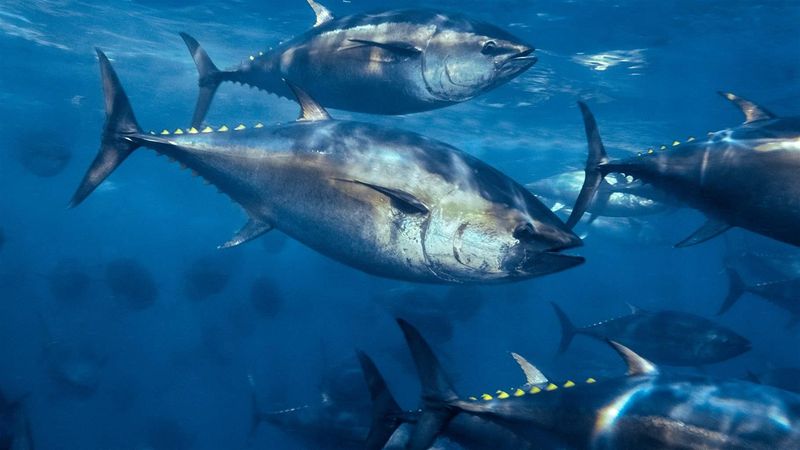
Tuna play a critical role in marine ecosystems as apex predators. They help maintain the balance of the food chain by controlling the population of smaller fish. Their presence is essential for the health and stability of the oceanic environment.
7. Historic Tuna Fishing Practices
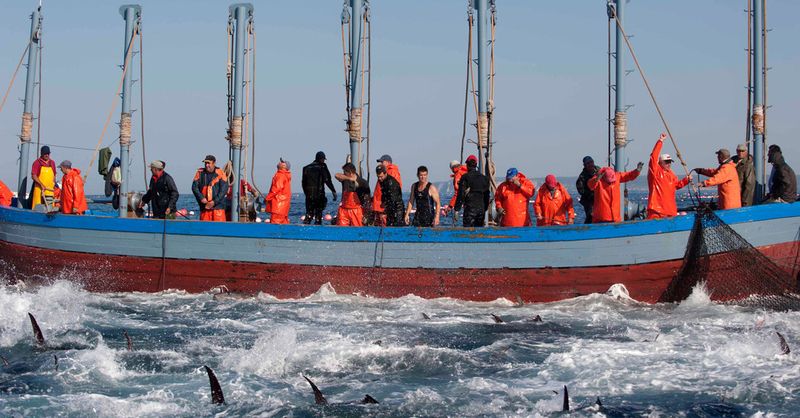
Historically, tuna fishing involved traditional methods like pole-and-line and handline fishing. These practices were sustainable and selective, focusing on specific species without bycatch. Understanding these methods highlights the evolution of fishing techniques over time.
8. Tuna’s Economic Impact
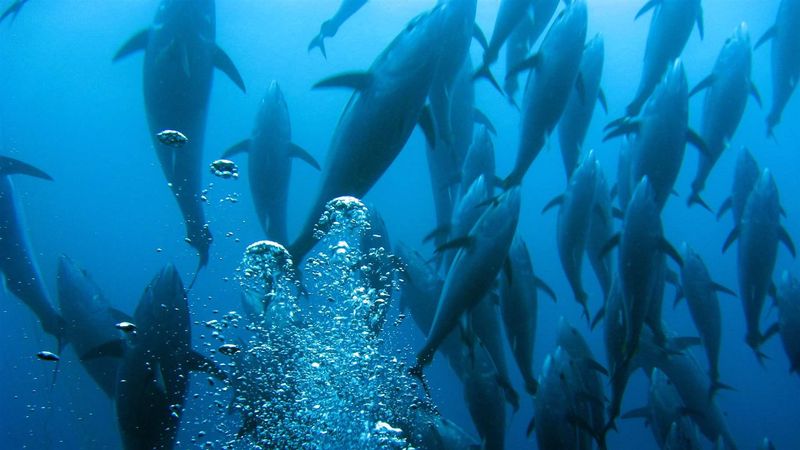
Tuna are a significant economic resource globally, especially in regions like Japan and the Pacific Islands. The tuna industry supports millions of livelihoods, from fishing communities to international trade. Their economic impact underscores their importance beyond the ocean.
9. Tuna Conservation Efforts
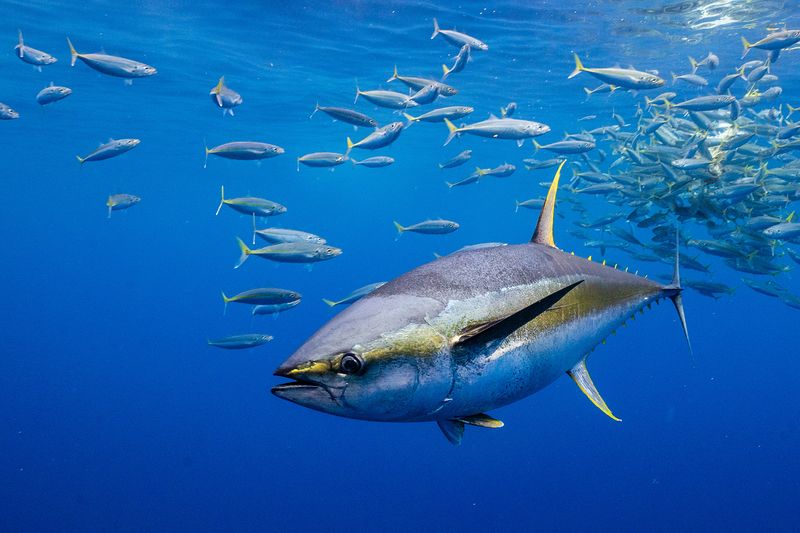
Conservation efforts are crucial for tuna, whose populations face overfishing threats. Initiatives involve tagging and tracking to understand their habits and create sustainable fishing practices. Protecting tuna ensures the continued health of marine ecosystems and global fish stocks.
10. Tuna in Popular Culture
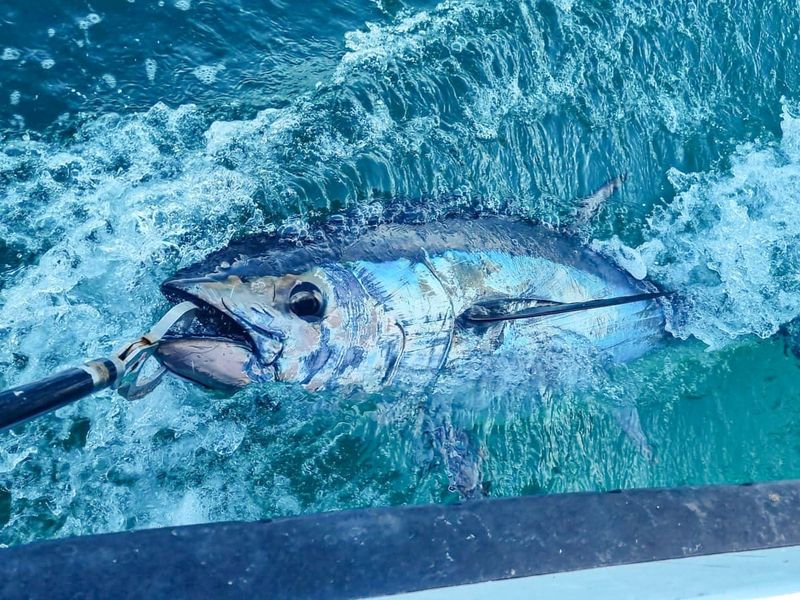
Tuna has a significant place in popular culture, featuring in dishes worldwide. From sushi to canned tuna, it’s a staple in many diets. Its cultural relevance reflects its versatility and adaptability, making it a beloved food across continents.
11. Tuna’s Sensory Abilities
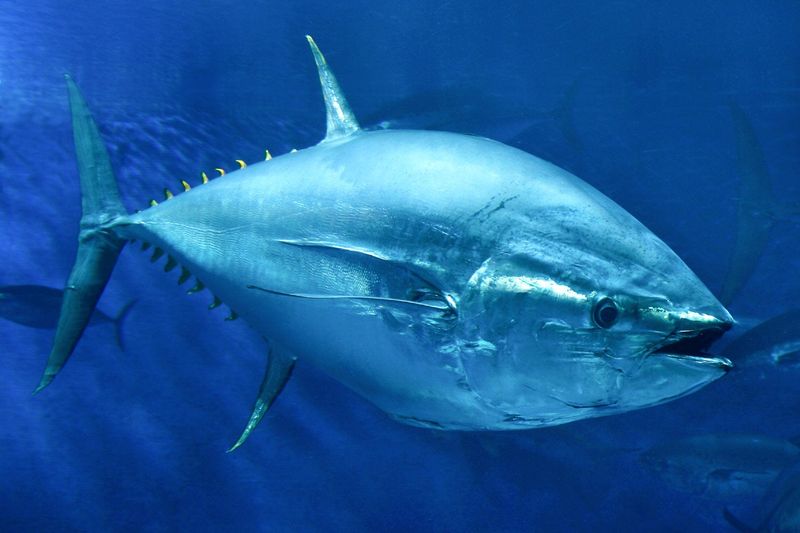
Tuna possess remarkable sensory abilities, including an acute sense of smell and specialized vision. These adaptations help them locate prey and navigate the ocean. Their keen senses are a testament to their evolution as successful predators.
12. Tuna’s Breeding Behavior
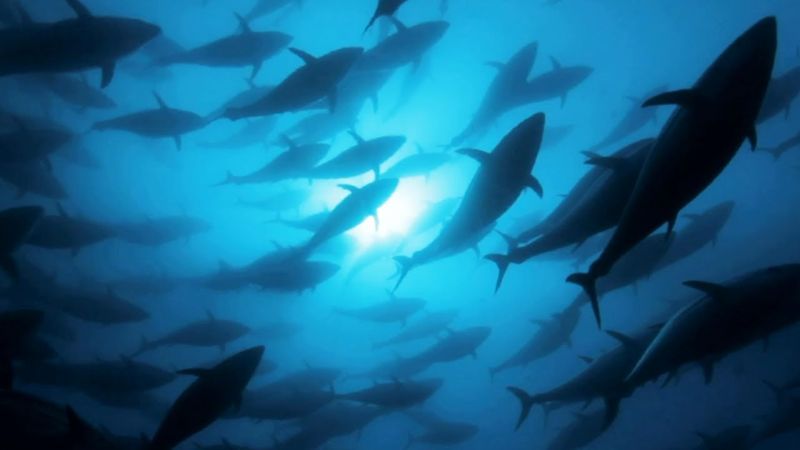
Tuna breed in specific areas, with some species traveling thousands of miles to spawn. Their breeding behavior is synchronized with environmental cues, ensuring the survival of their young. These patterns play a crucial role in maintaining tuna populations.
13. Technological Advances in Tuna Fishing
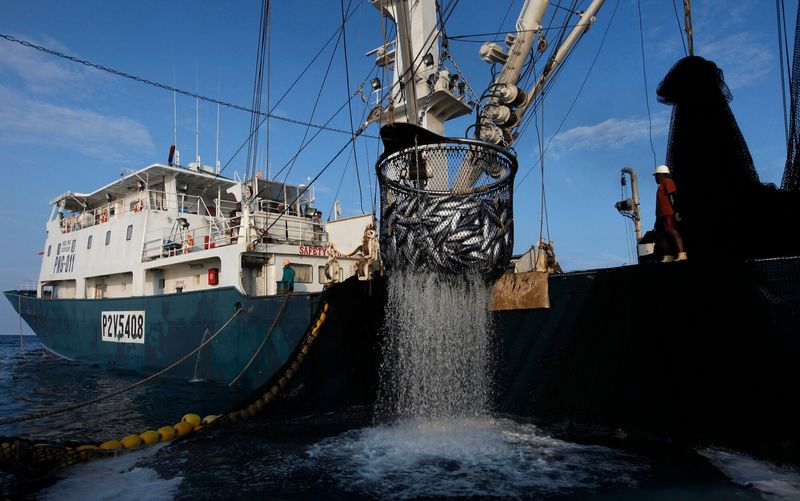
Technology has transformed tuna fishing, with innovations like satellite tracking and sonar helping locate schools. These advances enable sustainable fishing practices, reducing bycatch and supporting conservation efforts. Technology ensures that tuna fishing remains viable for future generations.
14. The Albacore’s Distinctive Features
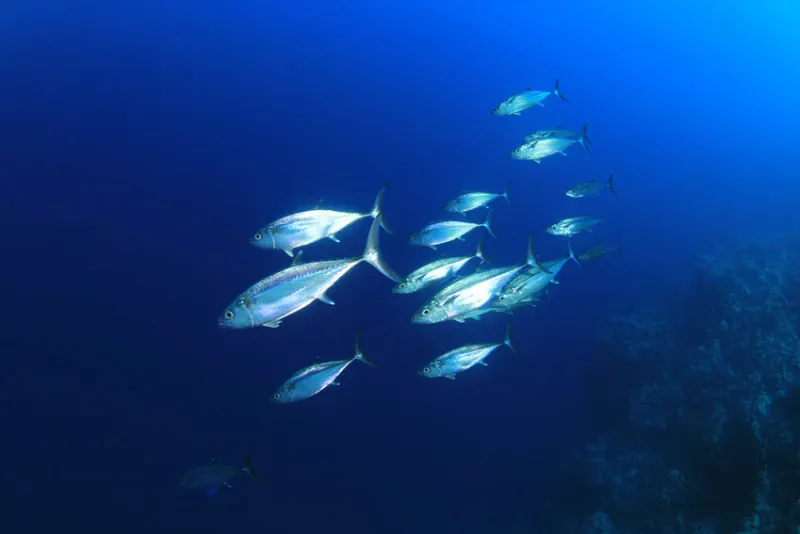
Albacore tuna, known for their long pectoral fins, are prized for their mild flavor and firm texture. Often referred to as “white tuna,” they are a popular choice for canning. Their distinctive features make them easily recognizable among tuna species.
15. World Tuna Day Celebration
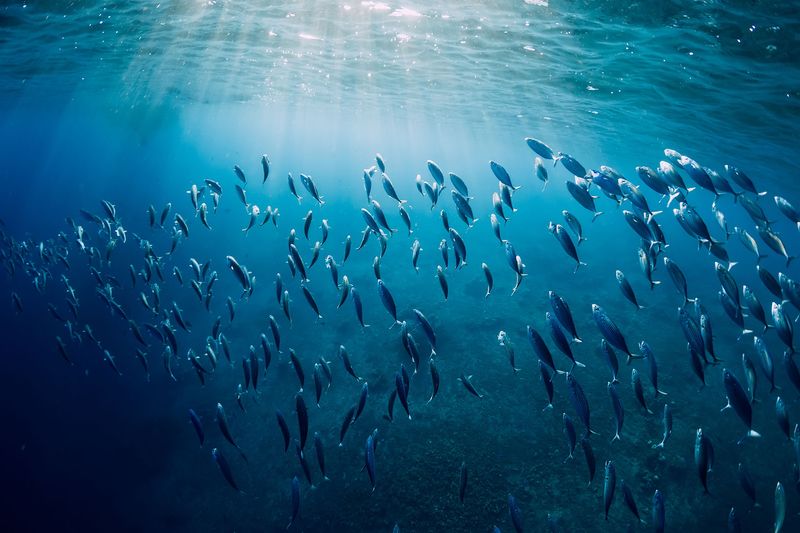
World Tuna Day, celebrated on May 2nd, raises awareness about tuna’s importance and the need for sustainable fishing. This global event encourages responsible consumption and highlights the efforts to protect tuna populations. It’s a day to appreciate this remarkable fish.






